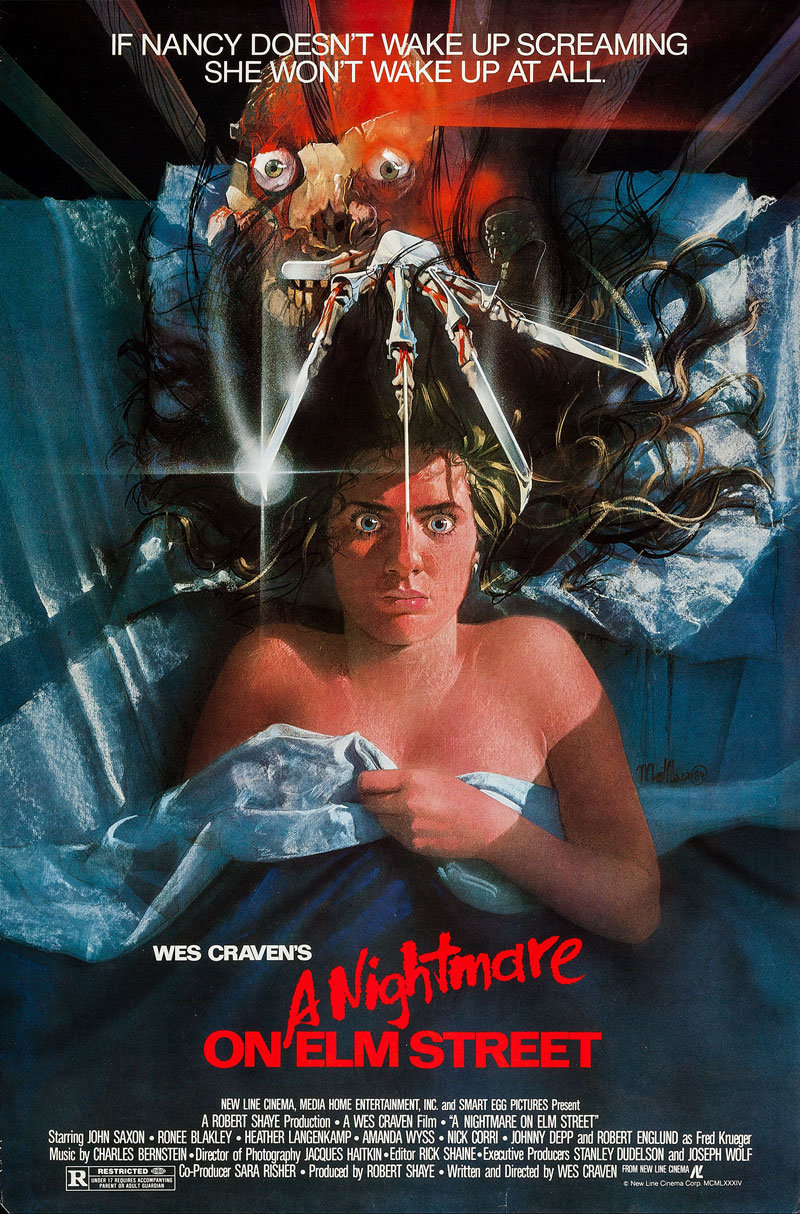
Wes Craven’s A Nightmare on Elm Street (1984) presents a unique take on the slasher/stalker subgenre as it questions reality with the implementation of veracious nightmares throughout the narrative. Additionally, a door is opened with the underscored killer, Freddy Kruger (Robert Englund), as his supernatural origin opposes anteceding existential killers of the subgenre. Analogous to previous slasher films such as Halloween (1978), Craven’s film proves worthy of its similar subsequent laudable franchise. However, during the time of A Nightmare on Elm Street’s release, the slasher film model had been stretched thin with repetitive exploitation of the framework. From less recognized films such as Prom Night (1979) to highly praised films like Friday the 13th, the narrative of the film model was becoming more quotidian with each new release. It was up to Craven to resurrect and restore the viewer’s faith in the sadistic subgenre. Through Freddy Kruger’s introduction to the established slasher film structure, Craven provides his viewers with the antidote to their boredom. While Craven intermittently relies on special effects to construct his killer’s full transcendent potential, Jacques Haitkin, the cinematographer, artfully complements these effects by contextualizing colors and sound; pressing the significance of key scenes on the viewer. As a result, the terrifying film grossed $25 million in the United States box office while leaving the horror fan-base with a venerable killer who would be a mascot of the genre for years to come.




